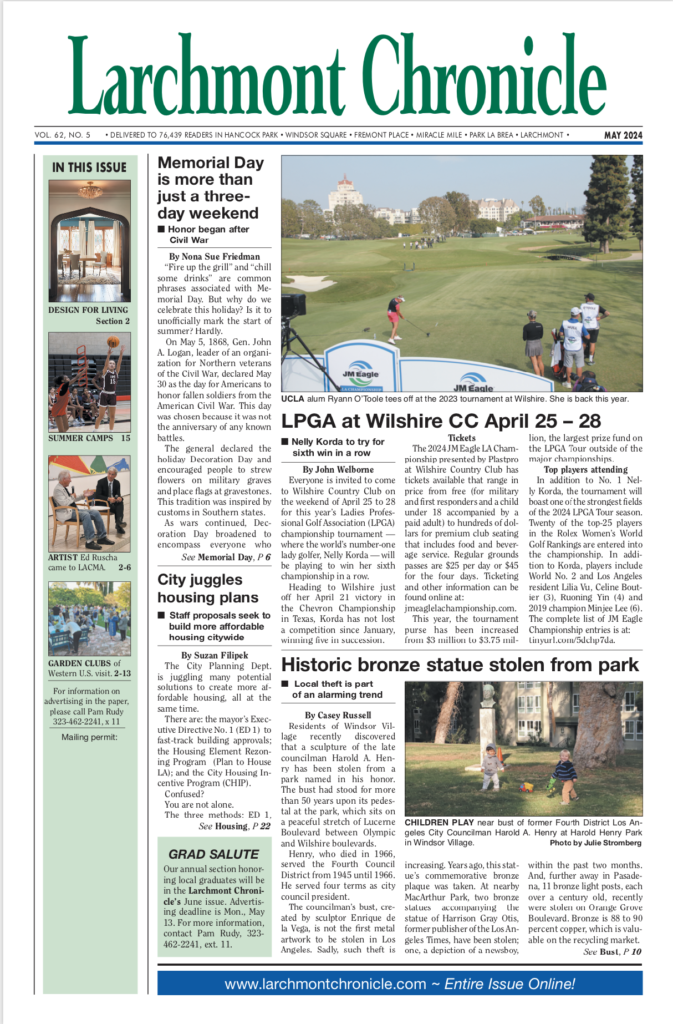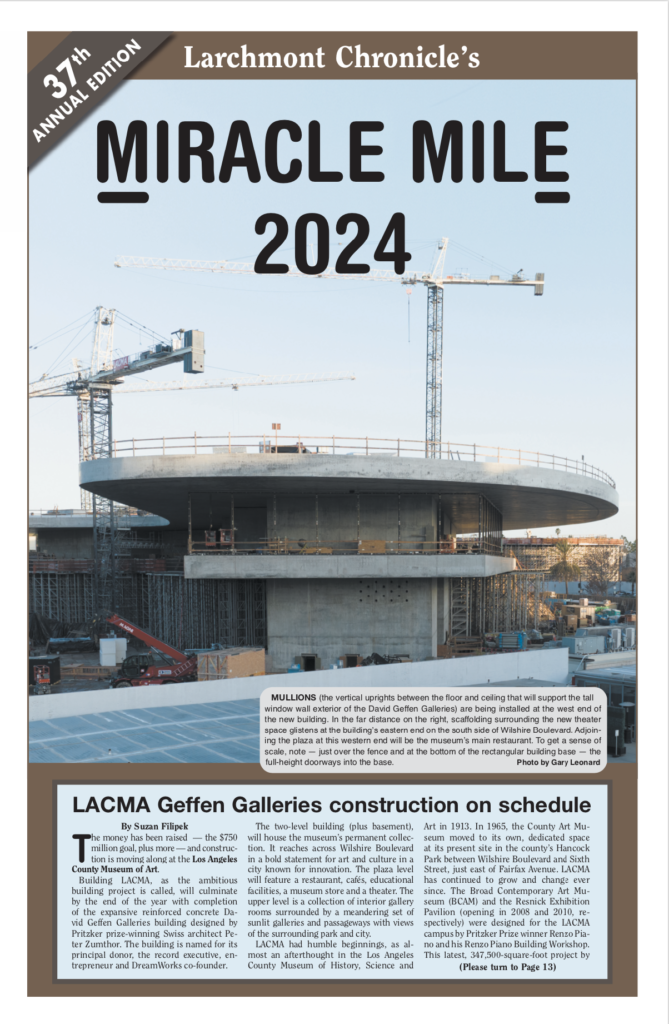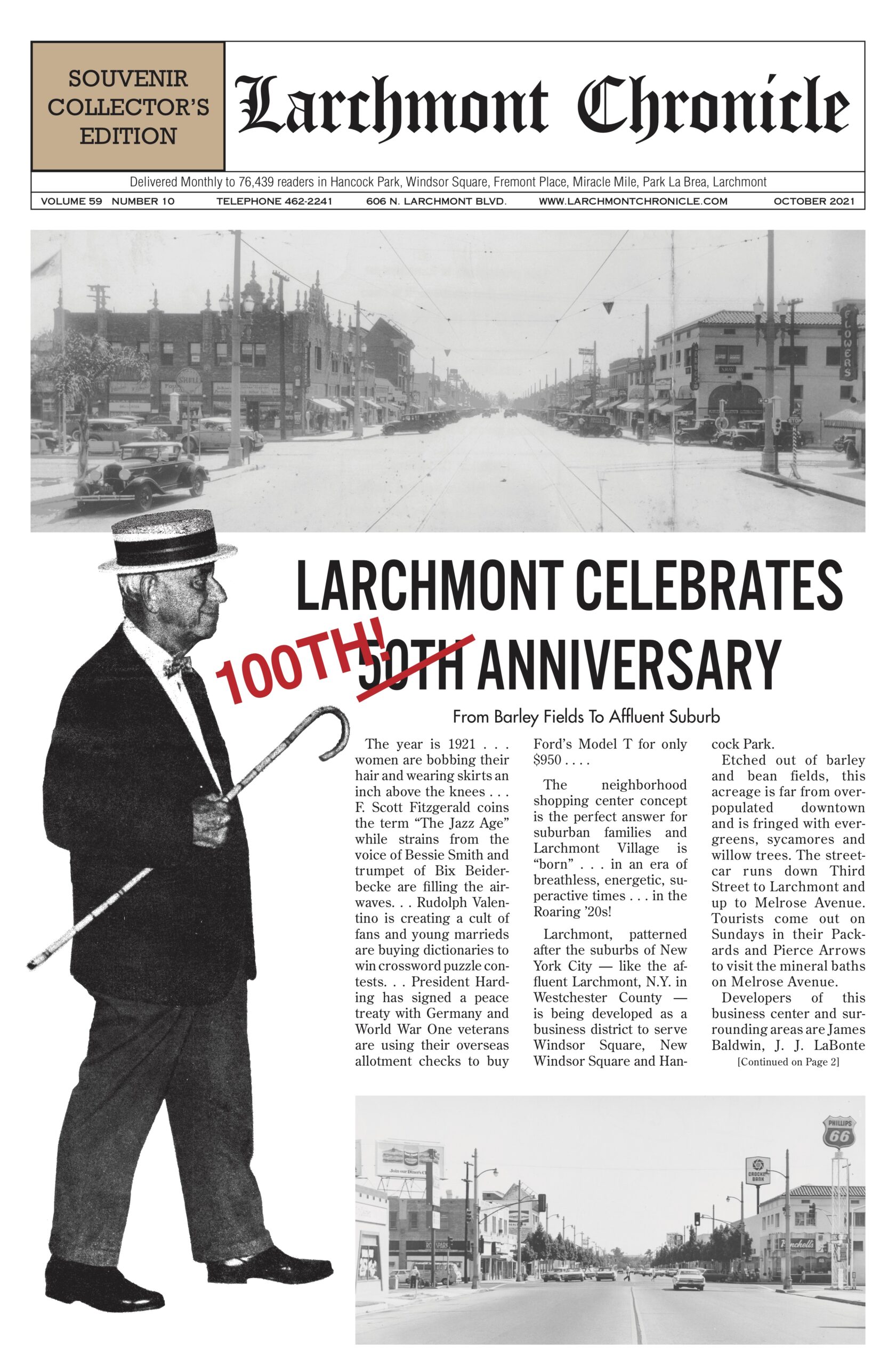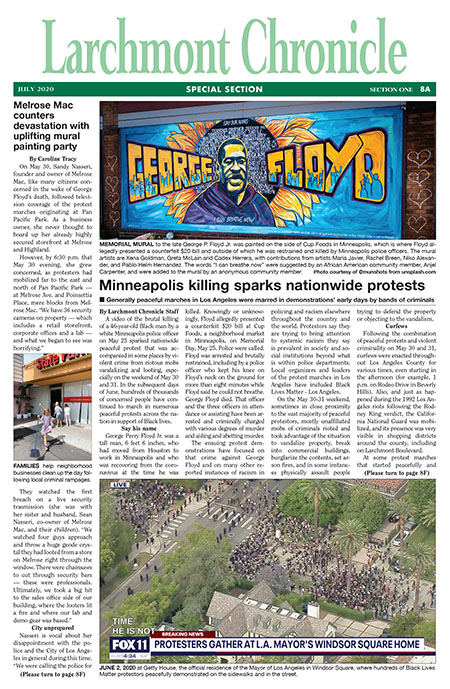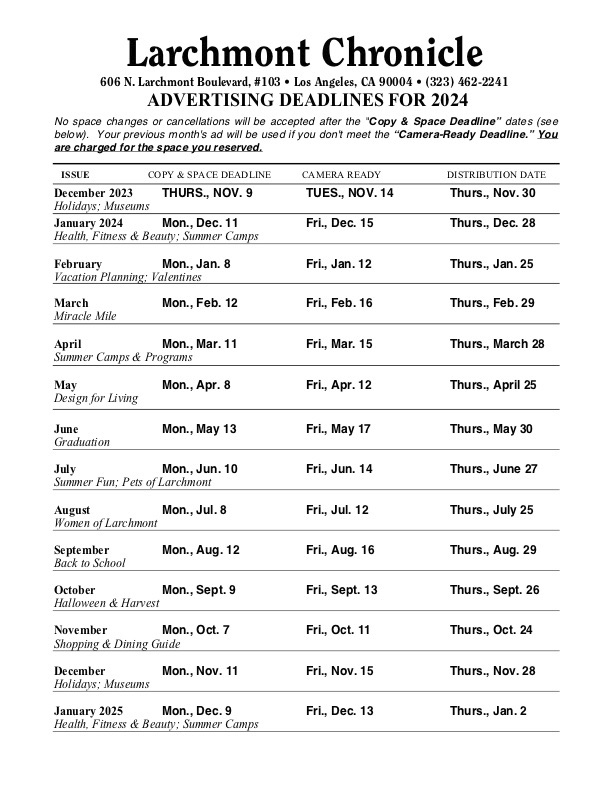La Brea Tar Pits reimagined for the 21st century
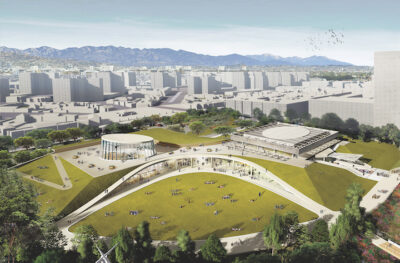
CENTRAL GREEN will preserve the Tar Pits Museum’s beloved grass slopes and also leave room for picnic and play areas. Renderings courtesy of Weiss / Manfredi
When a reimagined La Brea Tar Pits opens in 2028 (tentatively), scientists and visitors of all ages will be able to step back in time — way back — to learn about the last major episode of global climate change and to consider possible solutions for our own time.
Visitors also will be able to have a cocktail and enjoy the view at the new Tar Bar at the world-renowned paleontological site.
Members of New York-based architecture and design firm Weiss / Manfredi have been hard at work redesigning the 13-acre site ever since they were chosen in 2019 to create the Reimagine La Brea Tar Pits master plan.
The team members said in a community Zoom meeting Dec. 7 that the new plan calls for a dramatic expansion of the museum, built in 1977 as the George C. Page Museum, that nearly doubles the research and collection space.
A one-kilometer pedestrian walkway, the La Brea Loops, (aka “Miracle Kilometer in Miracle Mile”) will connect the main areas of the museum on a journey from prehistoric time to today.
The locale is, “without a doubt, one of the most extraordinary sites, subjects and settings in the world. If we think of Los Angeles as being the quintessential American city, then La Brea Tar Pits is quintessentially what is Los Angeles,” architect Marion Weiss said.
“We have never been more moved by an opportunity than this one,” she added.
Michael Manfredi said, “The master plan has evolved with the support of a great team of architects, engineers, designers, storytellers, even horticulturists and paleobotanists.”
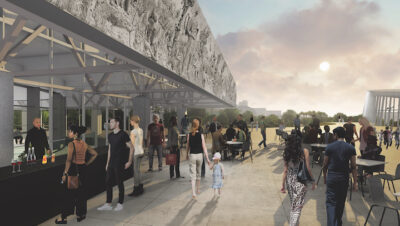
TAR BAR will be a feature of the renovated museum’s rooftop terrace, as designed by architecture firm Weiss / Manfredi.
Plan elements
Key elements include a new bridge to take visitors across a lake at the site, Lake Pit, and the 7.3-acre renovated park space that will feature picnic and play areas and continue to allow the popular experience for kids of all ages to “roll down” the original building’s grass slopes.
After all, it is not only the largest urban paleontological site in the world, it has a park-like setting in a city that is hungry for open space, Weiss said.
The iconic mammoth sculptures currently in the lake will be included in the new design, she added.
Inside, visitors will be able to peek inside a glass-enclosed Fossil Lab to see ongoing discoveries and the extensive collections. There, animal images will be projected at night.
Fossil remains of saber-tooth cats, giant sloths, dire wolves and other Ice Age animals who walked the grounds here 10,000 to 50,000 years ago — before being pulled into the sticky tar below — will be featured in the new Exhibition Building.
Shade will be offered at the existing outdoor classroom and fossil dig at Pit 91, where visitors will be able to see sticky asphalt oozing up from the ground below, while watching scientists work in real time.
More shade is planned to welcome visitors at the entry plaza at the corner of Wilshire Boulevard and Curson Avenue, which also will feature an Ice Age-era Pleistocene Garden. A second entryway will be on Sixth Street for school groups. Native plantings that support local wildlife and birdwatching areas will be in the park.
The rooftop café and Tar Bar will offer refreshments and views.
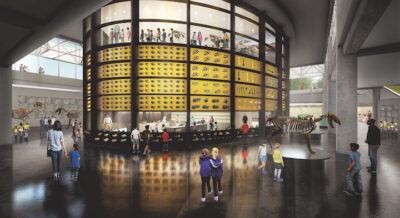
VISITORS will see ongoing discoveries and the extensive fossil collection in the glass-enclosed Fossil Lab.
Gateway to the Ice Age
“The site is a gateway to the Ice Age, and it is right on our doorstep,” said Lori Bettison-Varga, president and director of the Natural History Museums of Los Angeles County (NHM). “It gives us a very good glimpse into the last global climate change episode. Understanding what happened back then — 10,000 to 50,000 years ago — is key to finding solutions in our own time,” she added.
Dr. Luis Chiappe, NHM senior vice president of research and collections and architecture, said the site “is one of the best places in the world to study big questions in conservation science. Questions such as: ‘How will different plants and animals respond to climate change?’ … The answers … lie in the fossils from the tar pits. …
“We want the tar pits to be a place of discovery … for people of all ages. We also want it to be a premiere training ground for graduate students … and others developing a degree in paleontology. But our ambitions are limited by the physical reality of the existing museum,” he added.
Public comment on the master plan to Reimagine La Brea Tar Pits is set to start later this month.
Category: News

